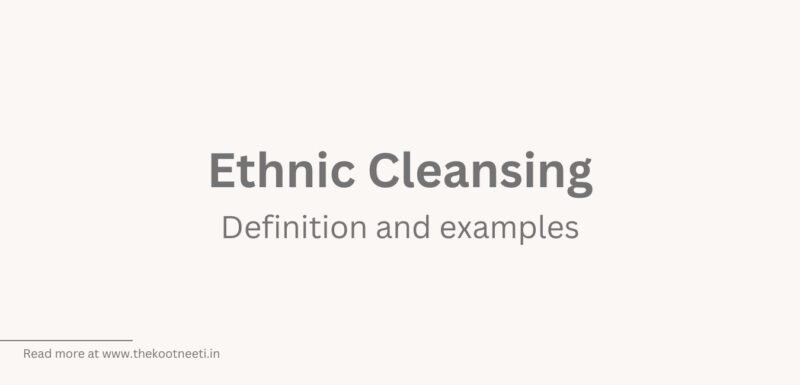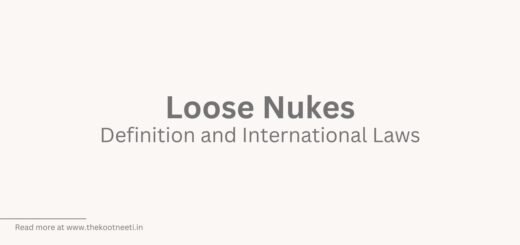Ethnic Cleansing: Definition and examples

Ethnic cleansing is the systematic and forced removal of an ethnic or racial group from a specific territory, with the intent of creating a homogenous population. Ethnic cleansing is often accompanied by violence, including murder, rape, and forced displacement, and it is typically motivated by a desire to create a territory that is predominantly populated by a particular ethnic or racial group.
Ethnic cleansing has been a feature of many conflicts throughout history, and it has been condemned by the international community as a violation of human rights. The term “ethnic cleansing” was first used in the context of the breakup of Yugoslavia in the 1990s, and it has been used to describe similar situations in other parts of the world, including in Bosnia and Herzegovina, Kosovo, and Rwanda.
Efforts to prevent and address ethnic cleansing have included the use of international sanctions, peacekeeping missions, and the establishment of international criminal tribunals to prosecute those responsible for such crimes.
Examples
There have been many examples of ethnic cleansing throughout history. Some examples include:
- Holocaust: The Holocaust was a campaign of genocide carried out by the Nazi regime in Germany during World War II, in which six million Jews and millions of others deemed “unworthy of life” by the Nazi regime were systematically murdered.
- Balkans conflicts: The conflicts in the Balkans in the 1990s, including in Bosnia and Herzegovina and Kosovo, involved widespread ethnic cleansing, as different ethnic groups were targeted for violence and forced displacement.
- Rwandan genocide: The Rwandan genocide of 1994 involved the systematic killing of over 800,000 Tutsis and moderate Hutus by the Hutu-dominated government and paramilitary groups.
- Armenian genocide: The Armenian genocide of 1915, in which an estimated 1.5 million Armenians were killed by the Ottoman Empire, is also considered an example of ethnic cleansing.
- Darfur conflict: The conflict in Darfur, Sudan, which began in 2003, has involved widespread ethnic cleansing of non-Arab groups by the Sudanese government and allied militias.
Are Genocide and Ethnic Cleansing same?
Ethnic cleansing and genocide are related but distinct concepts. Ethnic cleansing refers to the systematic and forced removal of an ethnic or racial group from a specific territory to create a homogenous population. This can involve violence, including murder, rape, and forced displacement, but it does not necessarily involve the intent to destroy the group as such.
Genocide, on the other hand, refers to the intentional destruction, in whole or in part, of a national, ethnic, racial, or religious group. This can include killings, as well as other measures designed to prevent the group from reproducing or preserving its culture, such as forced sterilization or the prohibition of the use of the group’s language.
Overall, while both ethnic cleansing and genocide are serious crimes that involve violence and human rights abuses, genocide involves a specific intent to destroy a group, while ethnic cleansing involves the forced removal of a group from a specific territory.


















